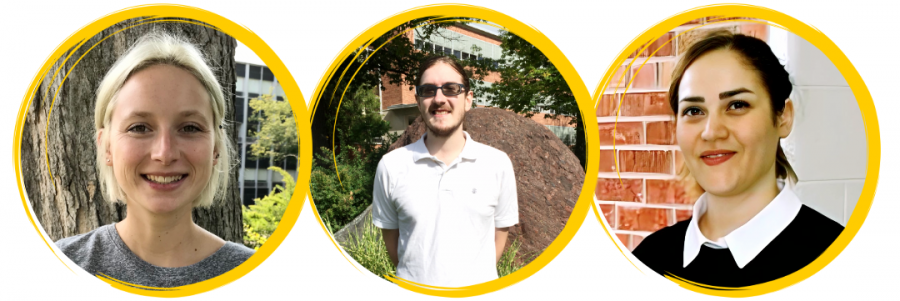Emeritus and Research Professor David Nitz attended a formal ceremony held in November in Malargüe, Argentina, to recognize a 10-year extension to the international agreement governing the Pierre Auger Observatory.
The Pierre Auger Observatory is the world’s largest cosmic ray detector, covering an area of 3,000 square kilometers. Located in Malargüe, it is operated by a collaboration of more than 400 scientists from 17 countries. The aim of the observatory is the study of the highest energy particles of the universe — ultra-high energy cosmic rays.
Michigan Tech is one of only eight U.S. institutions of higher education to collaborate with the Pierre Auger Observatory — and the University plays a crucial role in the observatory according to Nitz.
At the social event following the extension’s signing, Nitz addressed the assembled funding agency representatives, invited dignitaries, and collaboration members. He expressed heartfelt thanks to all in attendance for making the journey that brought the observatory from an impossible dream to the facility that exists today, describing it as “a stellar example of international cooperation in science that transcends political and country boundaries.”
Nitz is one of the founding members of the Auger Collaboration, having been invited in 1991 by Alan Watson (Fellow of the Royal Society), and Nobel prize winner James Cronin to join the effort to establish the observatory. After Watson, he is the longest-serving member of the collaboration.
See the news release from the Auger Observatory for more details on the extension.
About the Physics Department
Physicists at Michigan Technological University help students apply academic concepts to real-world issues. Our physicists take on the big questions to discover how the universe works—from the smallest particles to the largest galaxies. The Physics Department offers three undergraduate degrees and three graduate degrees. Supercharge your physics skills to meet the demands of a technology-driven society at a flagship public research university powered by science, technology, engineering, and math. Graduate with the theoretical knowledge and practical experience needed to solve real-world problems and succeed in academia, research, and tomorrow’s high-tech business landscape.
Questions? Contact us at physics@mtu.edu. Follow us on Facebook, Twitter, and YouTube for the latest happenings. Or read more at the Physics Newsblog.






 This month it is the story about the invention of the telescope!
This month it is the story about the invention of the telescope!
